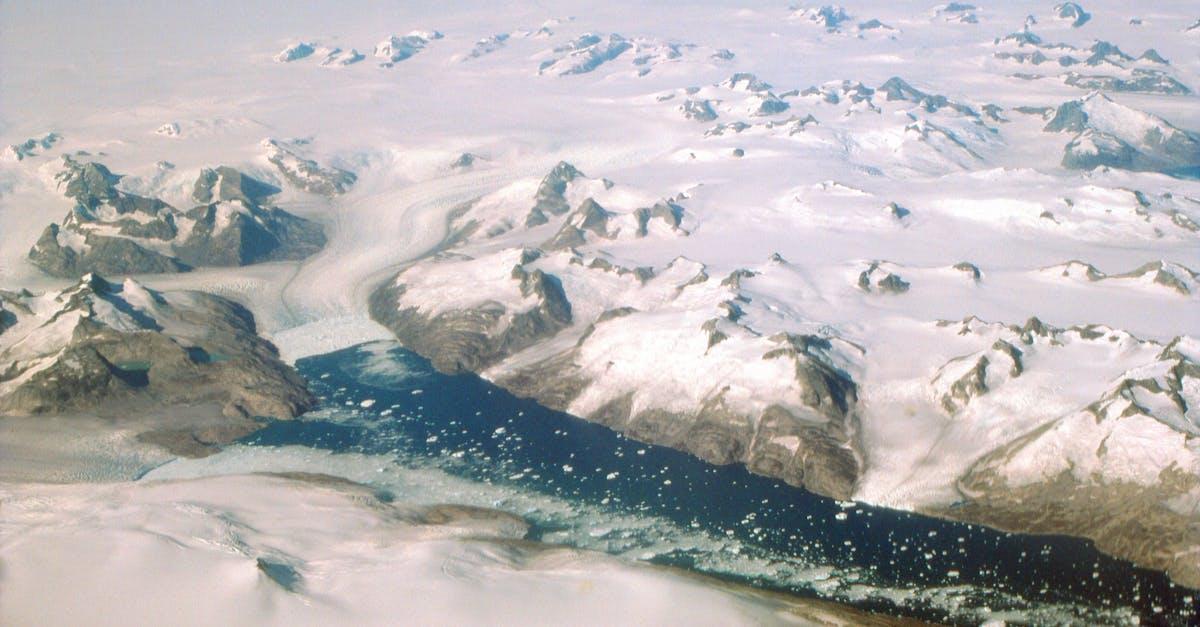
Greenland, the largest island in the world, is often a subject of geographical curiosity due to its massive land area, remote location, and ice-covered terrain. While it may not be a continent, Greenland’s sheer size makes it larger than most countries, earning it a unique place in global geography.
But exactly how big is Greenland? This article explores its total area, comparison with other countries, ice coverage, population distribution, and why it holds the title of the world’s largest island.
For a detailed breakdown of Greenland’s size and significance, check out this comprehensive article.
Greenland’s Total Area: Just How Big Is It?
Greenland covers an impressive 2,166,086 square kilometers (836,331 square miles), making it the largest island in the world. To put that into perspective:
- Greenland is about three times the size of Texas.
- It is roughly a quarter of the size of the United States.
- It is larger than France, Germany, Spain, Italy, and the UK combined.
- Greenland is 50 times larger than Denmark, the country it politically belongs to.
Despite this massive size, Greenland is home to only about 56,600 people, making it one of the least densely populated places on Earth.
For more comparisons on how Greenland’s size stacks up against other countries, visit this detailed guide.
Why Is Greenland the World’s Largest Island and Not a Continent?
Many people wonder why Greenland is classified as an island and not a continent, especially considering its vast size. The key reasons include:
-
Greenland shares its tectonic plate with North America
- Continents are typically separate landmasses on their own tectonic plates.
- Greenland sits on the North American plate, meaning it is geologically part of North America.
-
Greenland is smaller than Australia
- The smallest recognized continent, Australia, is 7.7 million square kilometers, nearly four times larger than Greenland.
- Australia has distinct biodiversity and cultural identity, while Greenland is geographically connected to North America.
Because of these factors, Greenland is classified as an island rather than a continent, despite its enormous land area.
How Much of Greenland Is Covered in Ice?
One of the most defining features of Greenland is its massive ice sheet, which covers approximately 80% of the island.
The Greenland Ice Sheet: A Key Player in Climate Change
- The Greenland Ice Sheet is the second-largest ice mass in the world, after Antarctica.
- It contains enough ice to raise global sea levels by about 7 meters (23 feet) if it were to melt completely.
- Scientists study Greenland’s ice to understand how climate change is affecting the Arctic.
- Recent studies show that Greenland’s glaciers are melting at an accelerated rate, contributing to rising sea levels worldwide.
Ice-Free Areas: Where Do People Live?
Although most of Greenland is covered in ice, the coastal regions are ice-free, allowing small communities to thrive.
- The largest settlement is Nuuk, the capital, with a population of about 19,872 people.
- Most people live along the western and southern coasts, where the climate is less extreme.
- The northern and eastern parts of Greenland are almost uninhabited due to harsh conditions.
How Big Is Greenland Compared to Other Countries?
Greenland’s size often surprises people because most world maps distort it, making it look even larger than it is. On some maps, Greenland appears bigger than Africa, but in reality:
- Africa is 14 times larger than Greenland.
- Russia is 10 times larger than Greenland.
- Greenland is about 25% of the size of Canada.
This distortion happens due to Mercator projection maps, which exaggerate the size of landmasses near the poles.
Is Greenland Growing or Shrinking?
Geographically, Greenland is changing due to climate shifts and glacial melt.
- The ice sheet is shrinking, exposing more land along the coasts.
- Scientists predict that if global temperatures continue rising, Greenland’s landscape will look very different in the future.
- Some areas are experiencing greener summers, where grass and small shrubs are beginning to grow.
This means that while Greenland’s total land area remains the same, its geographical features are shifting due to climate change.
Frequently Asked Questions About Greenland’s Size
Q: Is Greenland bigger than Europe?
No. While Greenland is larger than many European countries combined, Europe’s total land area is about 10 million square kilometers, making it five times larger than Greenland.
Q: Is Greenland bigger than Canada?
No. Canada is about 10 million square kilometers, meaning it is five times larger than Greenland.
Q: Will Greenland’s Ice Sheet Disappear?
Scientists believe that if global warming continues, Greenland’s ice sheet could shrink dramatically, affecting sea levels and Arctic ecosystems.
Final Thoughts: How Big is Greenland?
So, how big is Greenland? The answer is very big—but not a continent.
- It is the largest island in the world.
- It is 80% covered in ice, with only coastal areas inhabited.
- It is geographically part of North America, but politically tied to Denmark.
- Climate change is reshaping its landscape, making it a key area for environmental research.
Despite being massive in size, Greenland remains one of the most remote and sparsely populated places on Earth, making it a unique and fascinating landmass.
For more information on Greenland’s size and significance, check out this in-depth article.